


It’s bad. Really bad. Wildfires in Washington State are burning everywhere, with no end in sight, and everyone is affected in some way.
As of Monday, August 24th, there are at least 38 active large fires in Oregon and Washington. Wow.
Looking at the data on the Northwest Interagency Coordination Center (NWCC) is not encouraging. Estimated containment dates tell the story:
Did you hear that? October 31st! They’re essentially saying autumn rains are going to put this one out, which is not unusual. That last one, the Grizzly Bear Complex fire, in southeastern Washington not too far from Walla Walla wineries, is burning 61,150 acres in two states and five counties.
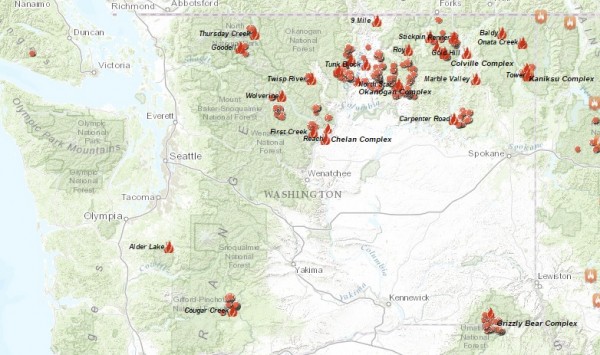
This map from the Northwest Interagency
Coordination Center shows the active wildfires across the state of Washington.
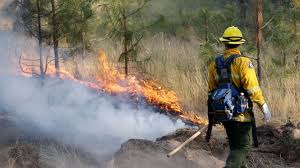
A firefighter looks over a controlled fire being used to burn out an area between a house and the main fire Saturday, Aug. 22, 2015, in Okanogan, Wash. (The Associated Press)
But it’s no match for the 256,657 acre (as of 13:06 Monday) Okanogan Complex fire, now the largest in state history and only 10% contained. An estimated 5140 single residences are threatened with 18 confirmed destroyed as of Sunday morning. A Red Flag warning remains in effect, meaning the winds are doing their part to fan the flames.
The real tragedy, of course, is the loss of human life the wildfires can bring. Last Wednesday three firefighters died after their vehicle crashed and was overtaken by flames near the town of Twisp. The firefighters killed while fighting wildfires were: Tom Zbyszewski, 20; Andrew Zajac, 26; and Richard Wheeler, 31, all members of an engine crew from Okanogan-Wenatchee National Forest.
Smoke from the wildfires is also making life unpleasant and even dangerous for some as it blankets part of the state. I got a small dose of the problem while backpacking in the Mt. Baker-Snoqualmie National Forest over the weekend. My campsite was approximately 15 miles west of the Upper Skagit Complex fire when the wind shifted to blow from the east, blanketing much of western Washington in smog for most of the weekend.
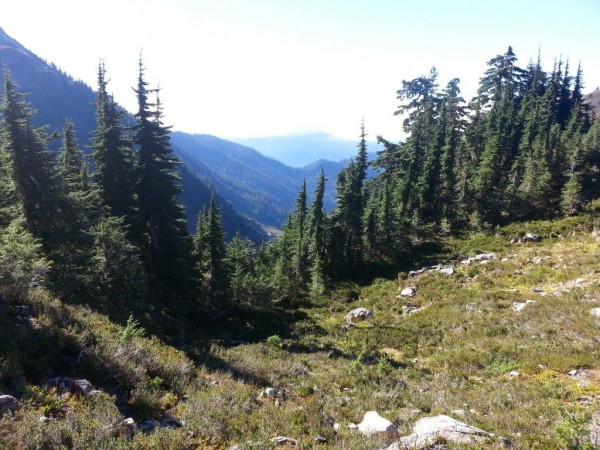
Looking east from Lake Ann Saturday morning
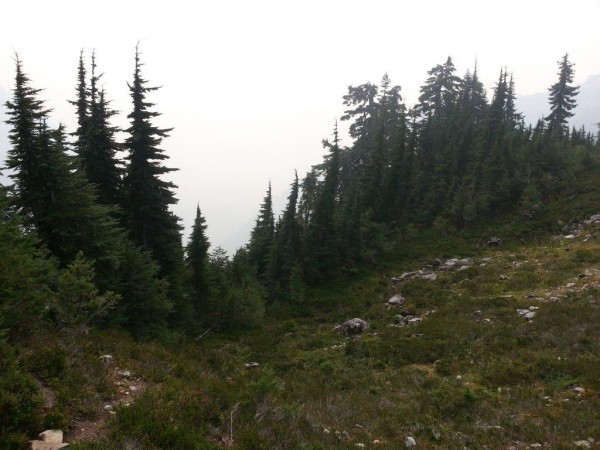
Looking east from Lake Ann Saturday afternoon
By Sunday evening the winds were back to their usual west-to-east direction, and the Seattle area cleared of smoke. But think for a moment about those folks living east of the Cascades, where fires burn every year. They don’t just get a weekend of smoke – it can be almost non-stop smoke in the summer in areas like Wenatchee and Chelan when fires are burning nearby. That can’t be healthy. I’m still sneezing from the small dose I got this past weekend.
A friend posted to Facebook about his cabin in eastern Washington. He’s accepted the fact that the cabin is going to go, and is already thinking about rebuilding. He wasn’t able to get to the cabin to save anything due to closures and evacuations in the area, but a firefighter contacted him, asking if there was anything he wanted to save. It looks like his boat might be spared. In times like this, it’s nice to see everybody doing what they can, often going way above and beyond the call of duty.
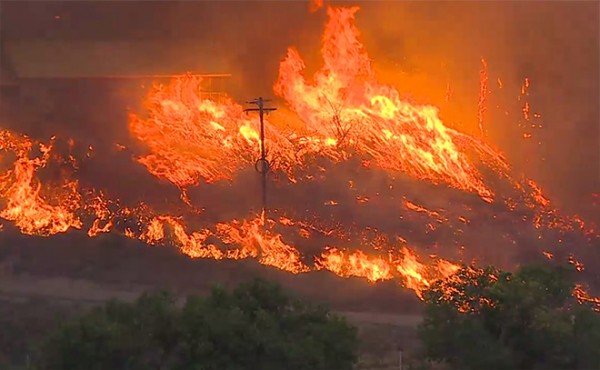
WENATCHEE, Wash. – A wildfire fueled by high temperatures and strong winds roared into a Wenatchee-area neighborhood and commercial district, forcing more than a thousand people to flee, destroying up to 28 homes and incinerating four commercial buildings, authorities said early Monday. (KOMO News)
So what’s to be done? A century of fire suppression has created huge fuel loads in the understory of our western forests, and a population boom puts more people and property in harm’s way every year. Add to that changing weather patterns that are giving us dryer weather than anyone can remember, and even our rain forests aren’t immune from catching on fire, as the Paradise fire (which continues to burn in the Olympic rain forest) has proven. It all adds up to a huge, very expensive, and very dangerous problem.
I wish I knew the answer, but I do know the problem won’t be going away any time soon.

Nice reporting, Ed! Stay safe.
That first picture is terrifying! Imagine living in that house and seeing that wall of fire coming over the hill… I’m so glad I don’t live anywhere near this, and so sad for those that do.